Some animals don’t just grow—they completely reinvent themselves. One day, they’re crawling, swimming, or wriggling through life.
The next, they’ve sprouted wings, legs, or an entirely new body. Metamorphosis isn’t just change—it’s nature’s most mind-blowing magic trick.
From caterpillars turning into butterflies to tadpoles sprouting legs and hopping away, the animal world is full of jaw-dropping transformations. Some creatures even shift between multiple forms, looking like entirely different species along the way.
Ready to be amazed? Let’s dive into the wildest before-and-after stories in the animal kingdom.
Monarch Butterfly

In the world of butterflies, few transformations are as captivating as that of the Monarch. Emerging from a jade-green chrysalis, this butterfly unfurls its vibrant orange and black wings in a process that’s nothing short of extraordinary.
With precision, the once-caterpillar navigates its new form, adapting to its role as a pollinator.
From feasting on milkweed as a larva to its spectacular migration journey, the Monarch’s life cycle is a testament to nature’s ingenuity. Witnessing this transformation not only highlights the beauty of change but also the resilience required for survival.
Frog
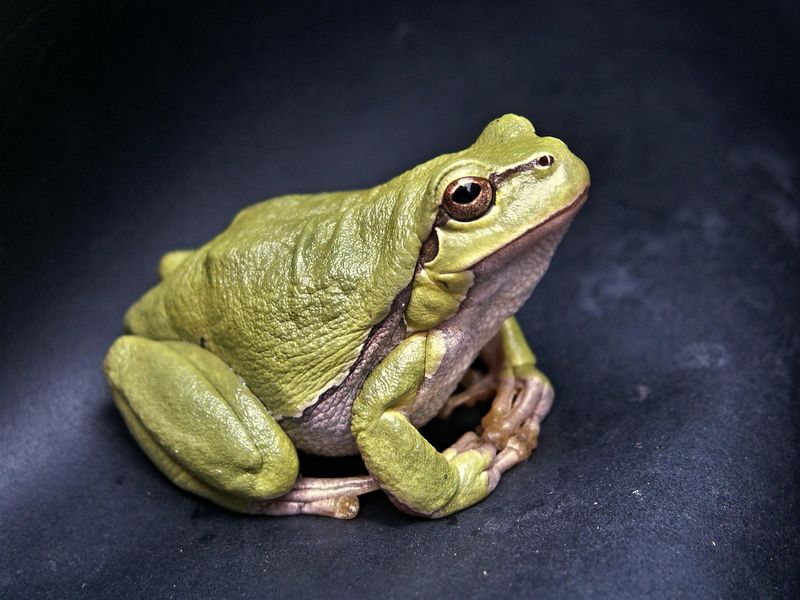
The journey of a frog from egg to adult is a classic example of metamorphosis. Starting life as a gelatinous mass of eggs in water, these hatch into wriggling tadpoles.
Initially aquatic, these tadpoles breathe through gills and swim with tails.
Gradually, the tadpoles develop legs and lungs, preparing for life on land. The transition is marked by the absorption of their tails, a process that is both gradual and miraculous.
This metamorphosis exemplifies adaptation and survival, catering to the frog’s dual existence on land and in water.
Jellyfish
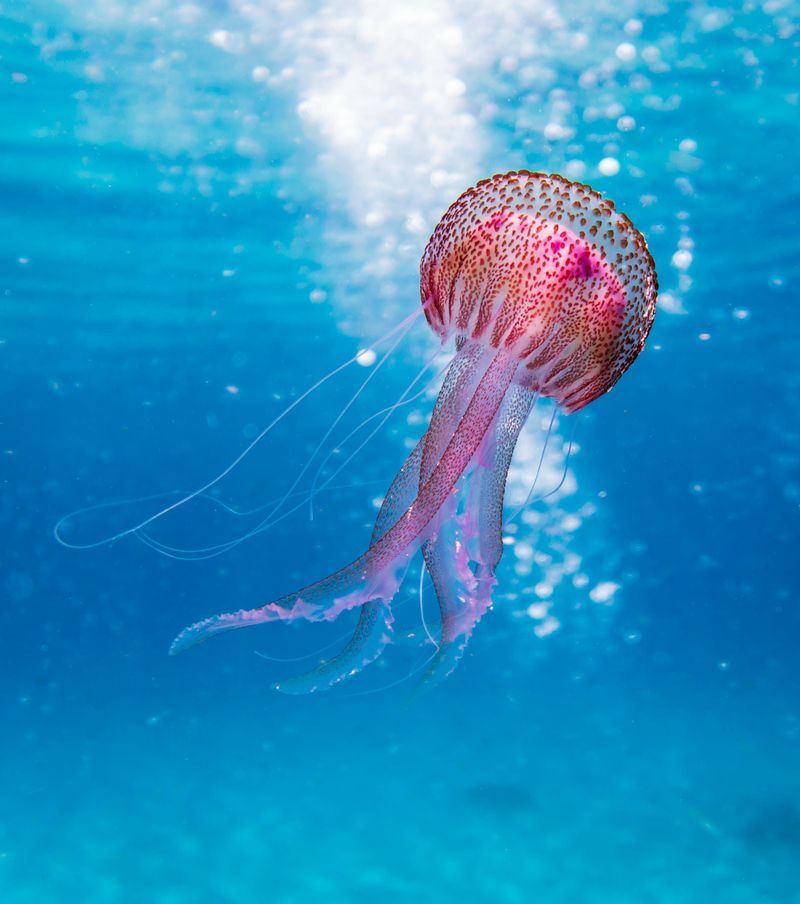
Jellyfish metamorphosis involves a fascinating transformation that begins with a tiny, sessile polyp. This polyp, anchored to the ocean floor, eventually undergoes a process called strobilation, releasing free-swimming medusae.
These medusae are what we recognize as jellyfish, mesmerizing with their gelatinous, umbrella-shaped bodies and trailing tentacles. Their transformation underscores the unique life cycle of these ancient marine animals, displaying a surprising complexity in their deceptively simple forms.
Their adaptation to the ocean environment showcases the evolutionary success of these enigmatic creatures.
Dragonfly
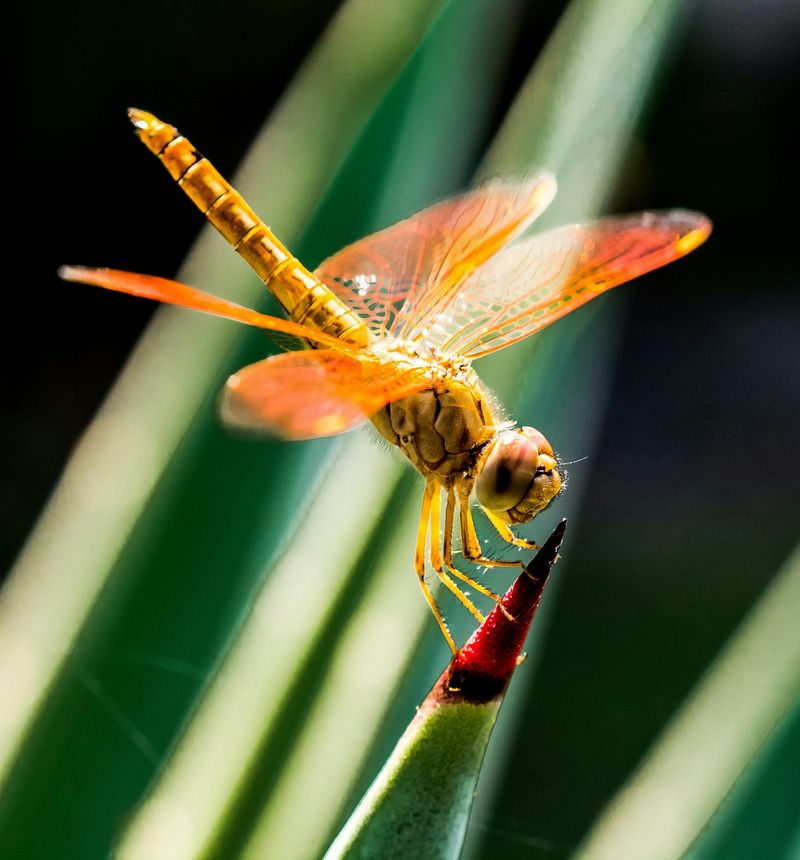
Emerging from the water, the dragonfly’s transformation is a spectacle of nature. Starting life as aquatic larvae, dragonflies spend years underwater before crawling out to shed their skins.
Once emerged, they reveal a sleek, elongated body and delicate, transparent wings that shimmer in sunlight. This metamorphosis not only equips them with the ability to fly but also transforms them into voracious aerial predators.
Their agile flight and keen vision make them formidable hunters, capturing prey mid-air and contributing to their role in maintaining ecological balance.
Sea Turtle
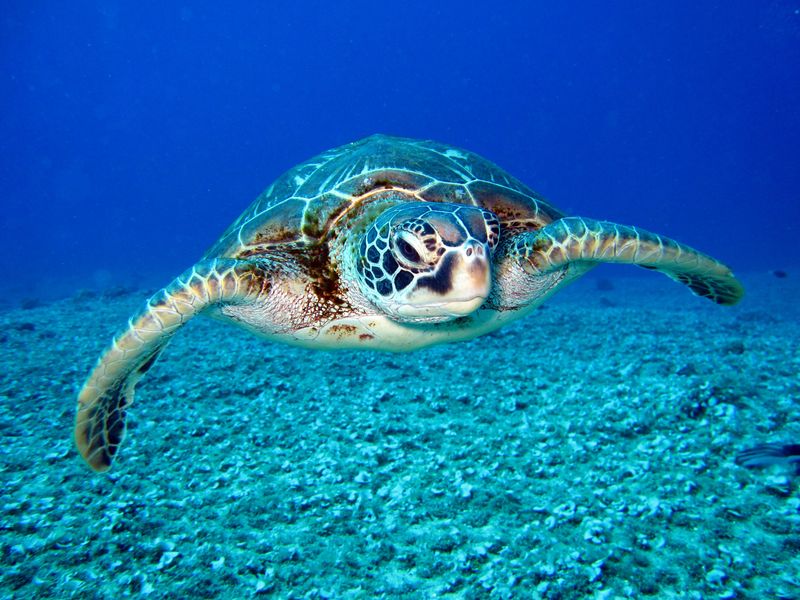
Few journeys are as perilous as that of a sea turtle hatchling. Emerging from leathery eggs buried in warm sand, these tiny turtles face immediate challenges.
They race towards the ocean, guided by moonlight, navigating past predators and obstacles. This initial trek is just the beginning, as they must adapt to life in the vast sea.
Once in the water, they embark on long migrations, maturing over decades. Their life cycle is a testament to endurance and survival, with only a fraction reaching adulthood to continue the cycle.
Octopus
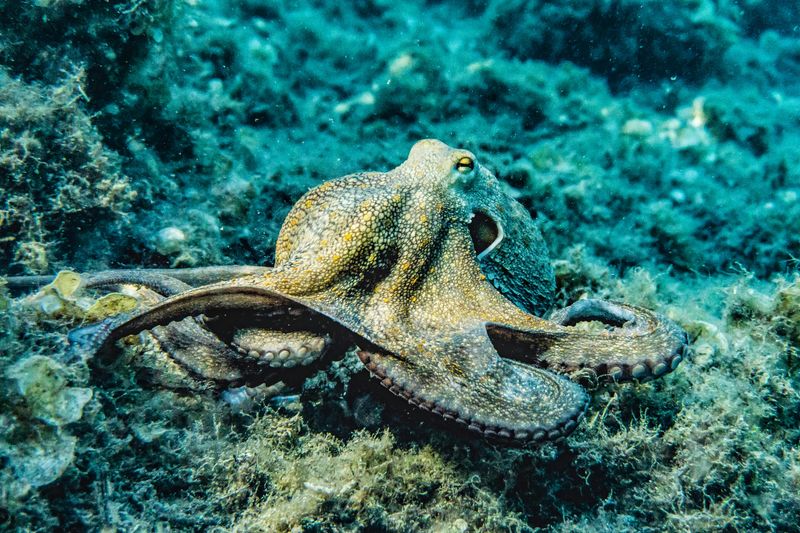
The octopus, an emblem of marine intelligence, undergoes a subtle yet profound transformation. From a tiny egg, a hatchling emerges, already equipped with the ability to change colors and textures.
As it grows, the octopus refines its skills in camouflage and problem-solving, becoming a master of its environment. This transformation is not just physical but also behavioral, highlighting its adaptability and intelligence.
Their unique ability to manipulate their appearance aids in hunting, evasion, and communication, showcasing nature’s ingenuity in design and function.
Salmon
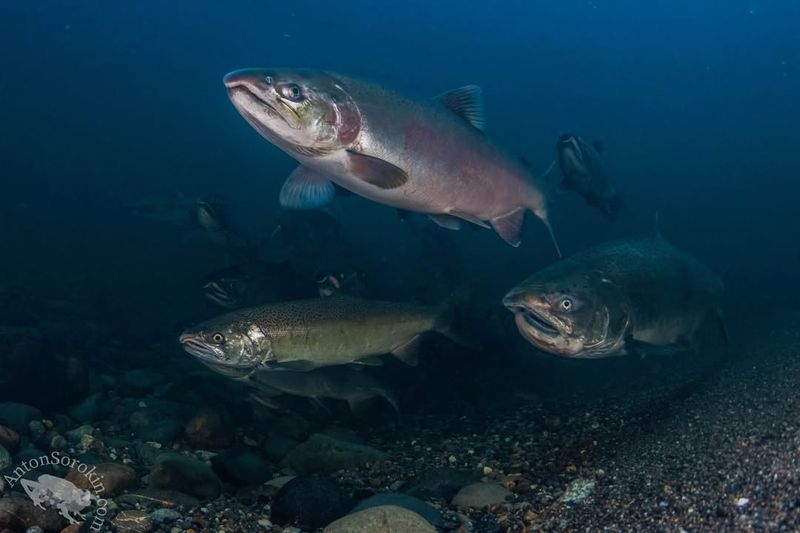
Salmon are renowned for their remarkable life cycle, which includes an arduous migration. Born in freshwater streams, they journey to the ocean, adapting to a new environment.
After several years at sea, they return to their birthplaces, leaping waterfalls and overcoming obstacles. This transformation from freshwater to saltwater and back involves complex physiological changes.
Their epic journey to spawn underscores themes of endurance, sacrifice, and the cyclical nature of life, with new generations continuing this ancient ritual.
Cicada
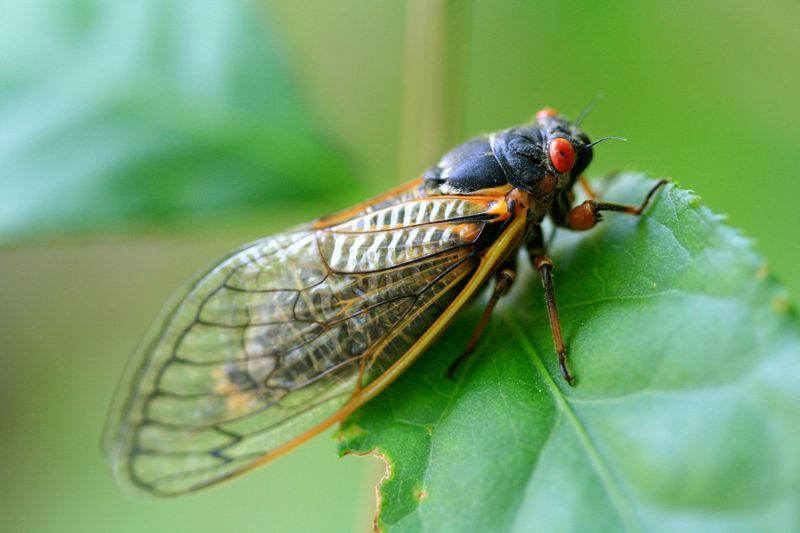
Cicadas spend the majority of their lives underground as nymphs, feeding on plant roots. After years of development, they surface for a brief but intense adult phase.
Shedding their exoskeletons, these insects reveal wings and a body ready for reproduction. Their emergence is synchronized, creating a chorus of calls to attract mates.
This cycle, often spanning years in the making, culminates in a flurry of activity above ground, illustrating themes of patience and the ephemeral nature of life.
Ladybug
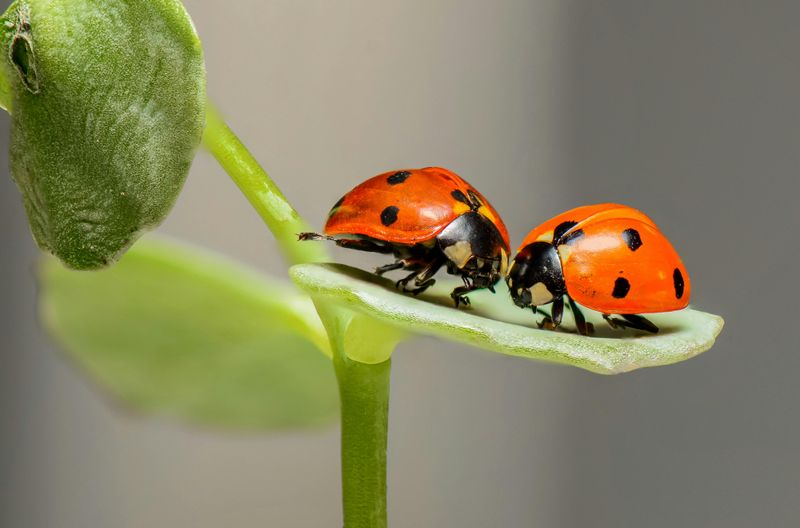
Ladybugs, while often admired for their charming appearance, undergo a dramatic transformation. Beginning life as larvae, they voraciously consume aphids, growing rapidly.
They then enter a pupal stage, during which they are encased and undergo metamorphosis. Emerging as adults, they reveal their characteristic spotted wings.
This transformation highlights not only a change in form but also an ecological role, as ladybugs transition from larvae to effective natural pest controllers in gardens.
Starfish
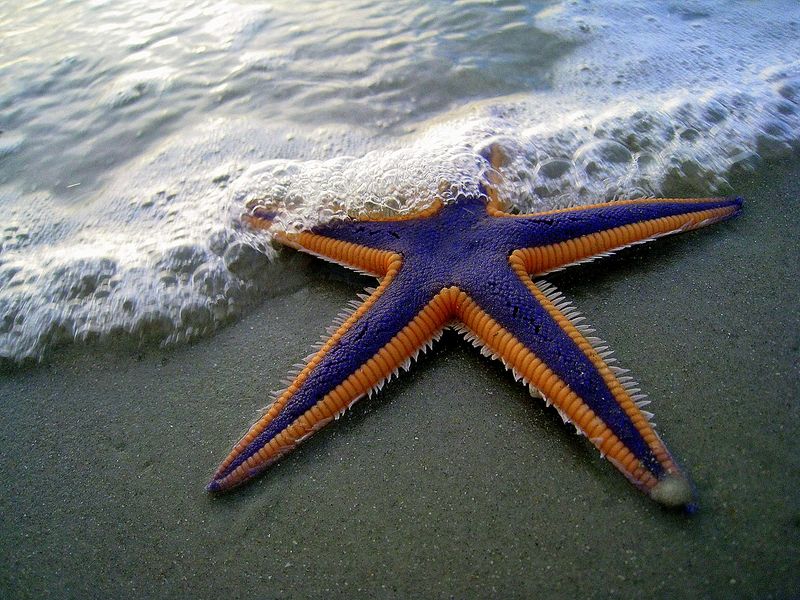
Starfish are remarkable for their ability to regenerate lost limbs, a transformation that underscores resilience and adaptability. This process begins when a limb is severed, often due to predation.
The starfish initiates cellular regeneration, gradually reconstructing its body to full functionality. This ability not only aids survival but also offers insight into regenerative biology.
The starfish’s transformation is a testament to the power of adaptation, enabling these sea creatures to thrive in diverse marine environments.
Luna Moth
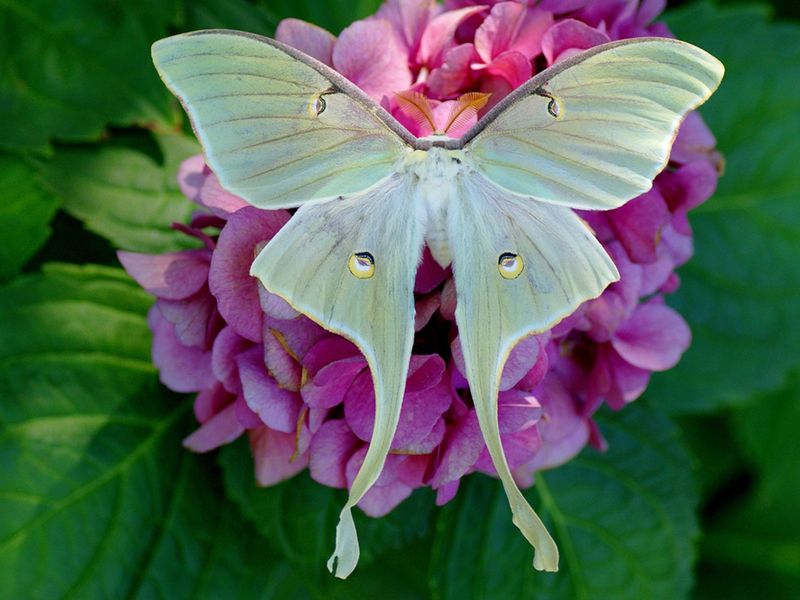
The Luna moth captivates with its ethereal beauty and brief adult life. Emerging from a cocoon spun by a caterpillar, this exquisite moth unfurls pale green wings adorned with eyespots.
Its transformation from a silk-producing larva to a visually stunning adult is swift. Luna moths, with their long tails, are adapted for short-lived adult stages focused on reproduction.
Their lifecycle is a fleeting dance of attraction and continuation, a reminder of the transient yet impactful nature of existence.
Peacock Spider

The peacock spider, although tiny, boasts a vibrant metamorphosis marked by elaborate courtship dances. Males develop striking colors and patterns on their abdomens, resembling a peacock’s tail.
During courtship, they perform elaborate dances, showcasing vivid colors to captivate potential mates. This transformation is both physical and behavioral, emphasizing the importance of visual communication.
These spiders highlight the role of display and attraction in survival and reproduction, demonstrating nature’s flair for dramatic changes.
Amphibious Axolotl
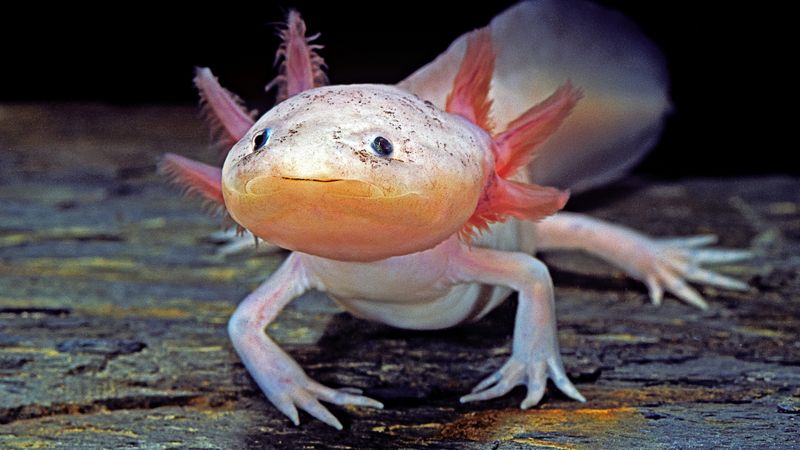
The axolotl, known for its perpetual youthfulness, defies typical metamorphosis. Unlike most amphibians, it retains juvenile features throughout its life.
With external gills and a finned tail, it remains aquatic but can, under certain circumstances, undergo a transformation to a terrestrial form. This plasticity illustrates adaptability in response to environmental pressures.
The axolotl’s capacity for regeneration, including limbs and even parts of the brain, underscores its unique position in the animal kingdom.
Caterpillar to Swallowtail Butterfly
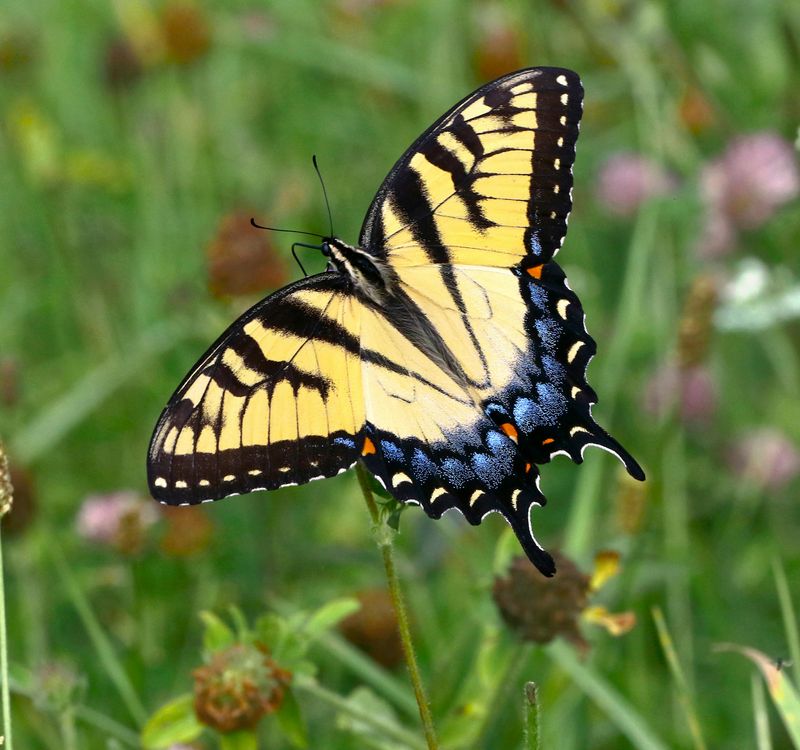
The swallowtail butterfly’s journey from caterpillar is marked by remarkable beauty and diversity. Known for their striking wing patterns and tails, these butterflies begin life as solitary caterpillars.
Enclosed in a chrysalis, they undergo a breathtaking transformation, emerging with intricate patterns that serve both attraction and camouflage.
This metamorphosis emphasizes not only aesthetic allure but also ecological dynamics, as swallowtails play crucial roles in their habitats as pollinators.
Chameleon
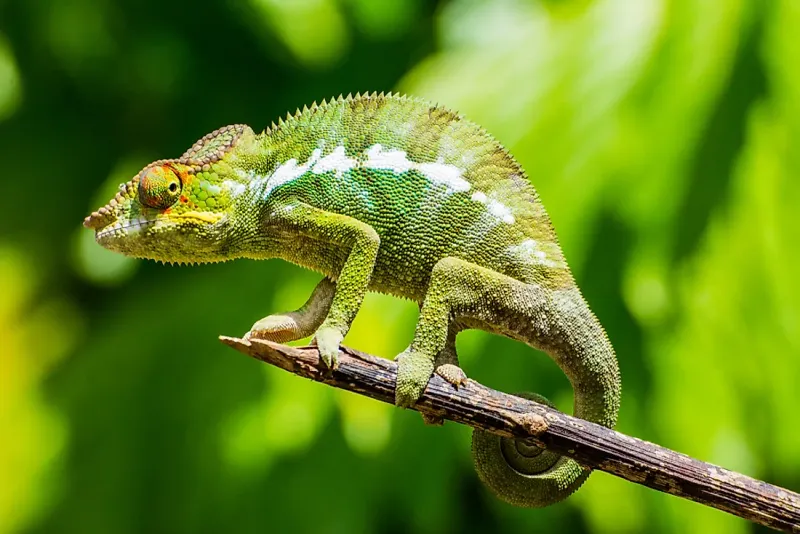
Chameleons are renowned for their color-changing abilities, a transformation that extends beyond mere survival. From a drab hatchling, they develop the ability to alter their skin color for communication, camouflage, and temperature regulation.
This dynamic transformation involves specialized cells called chromatophores, which shift pigments in response to environmental cues.
The chameleon’s journey underscores adaptability and the complex interplay between physiology and environment, making them one of nature’s most versatile illusionists.
Atlantic Bluefin Tuna
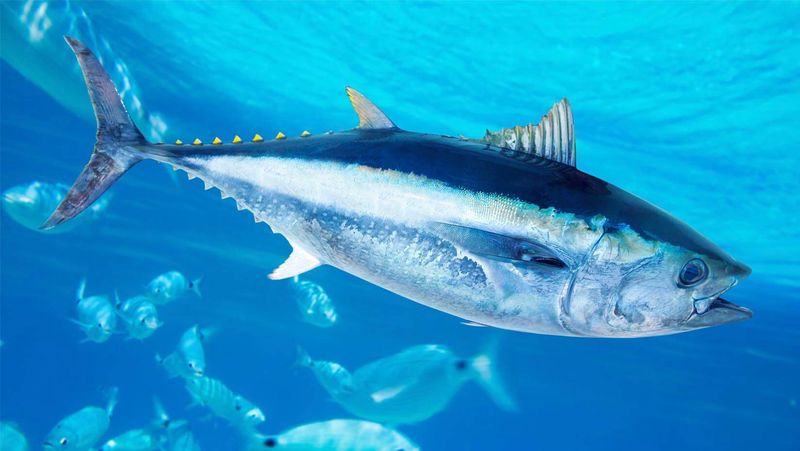
Atlantic bluefin tuna exemplify transformation through size and migration. Hatching from tiny eggs, these fish grow into powerfully built predators.
As they mature, their migratory patterns evolve, traversing vast oceanic distances to spawn and feed. This life cycle involves significant physiological adaptations to thrive in diverse marine conditions.
Their journey highlights themes of growth, endurance, and the interconnectedness of oceanic ecosystems, embodying the wonders of marine metamorphosis.
Leaf Insect
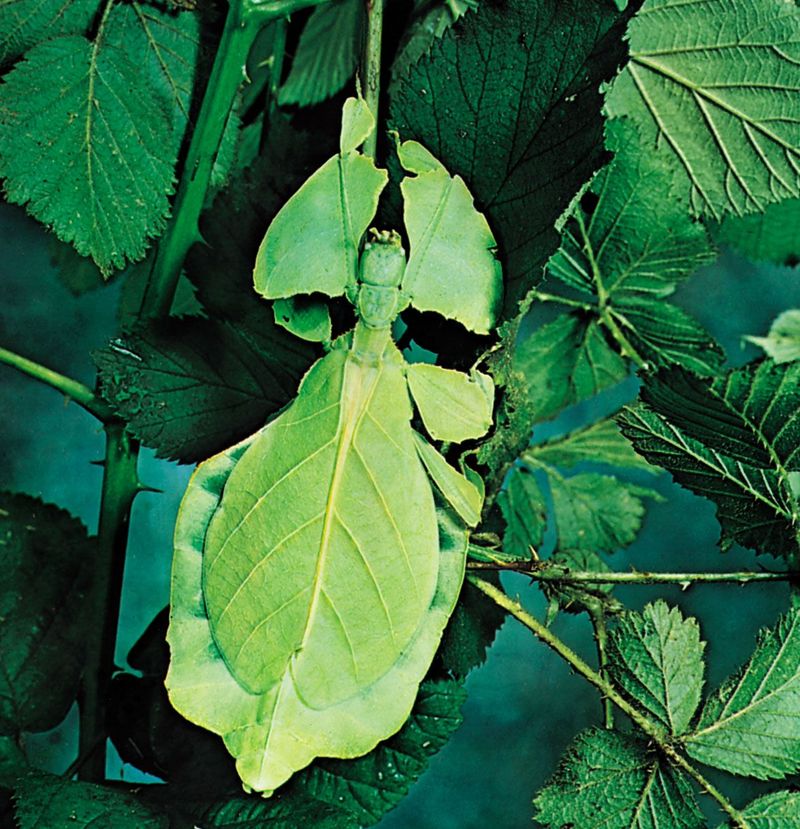
Leaf insects showcase one of nature’s most convincing transformations in camouflage. As nymphs, they resemble tiny, nondescript insects.
However, as they grow, they develop detailed leaf-like appearances, including veins and edges, blending seamlessly into their arboreal habitats.
This transformation illustrates the power of mimicry for survival, enabling leaf insects to evade predators and thrive in their environments, a testament to nature’s artistry in adaptation.
Horseshoe Crab
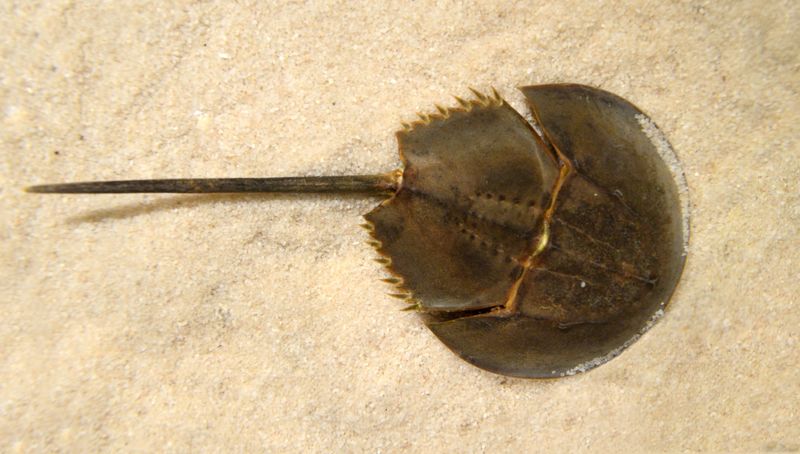
Horseshoe crabs, often called living fossils, undergo a fascinating yet understated metamorphosis. Their journey begins as larvae in coastal waters.
As they mature, they molt multiple times, growing larger with each molt until reaching adult size. This gradual transformation is crucial for their survival.
Despite their ancient lineage, horseshoe crabs play vital roles in marine ecosystems and medical research, illustrating the enduring impact of evolutionary adaptations.
Giant Panda
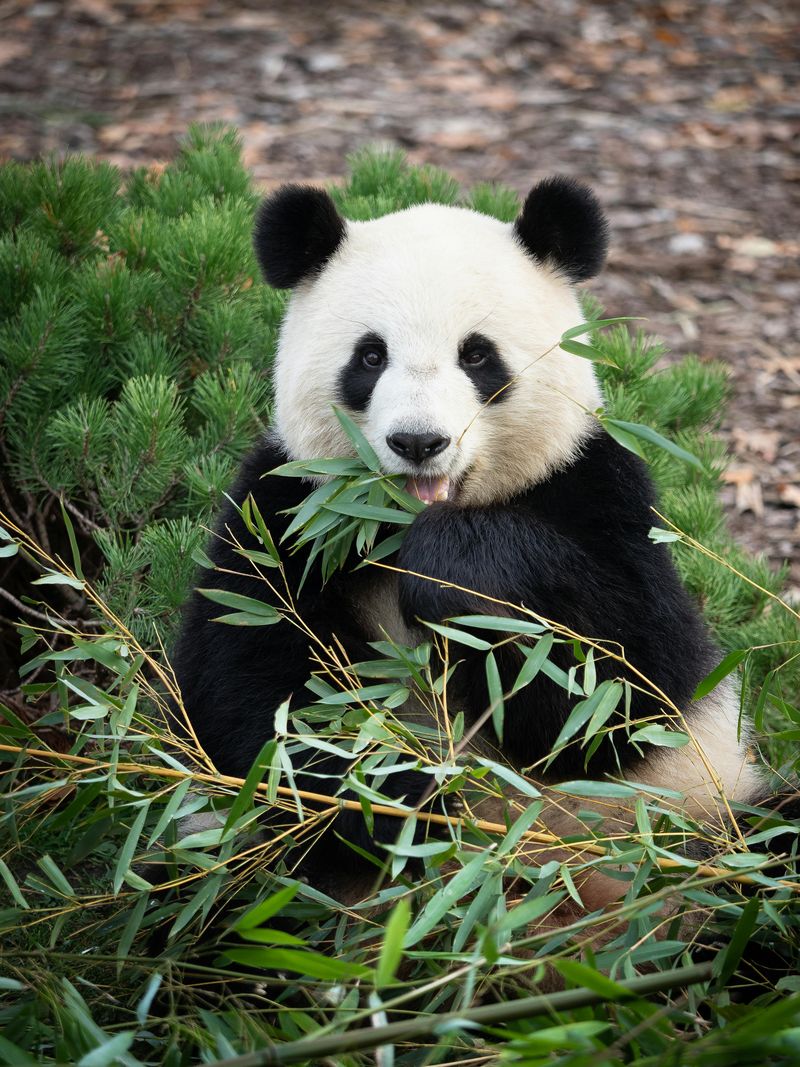
The giant panda’s life cycle, while not metamorphic in the traditional sense, involves significant developmental changes. Beginning life as tiny, pink cubs, they are unrecognizable from their future selves.
Rapid growth and fur development transform these fragile newborns into iconic black and white creatures. The bamboo diet and solitary lifestyle mark their unique ecological niche.
Their transformation is a gentle reminder of the evolutionary paths that shape species’ survival strategies, from vulnerable infancy to mature adulthood.
Praying Mantis
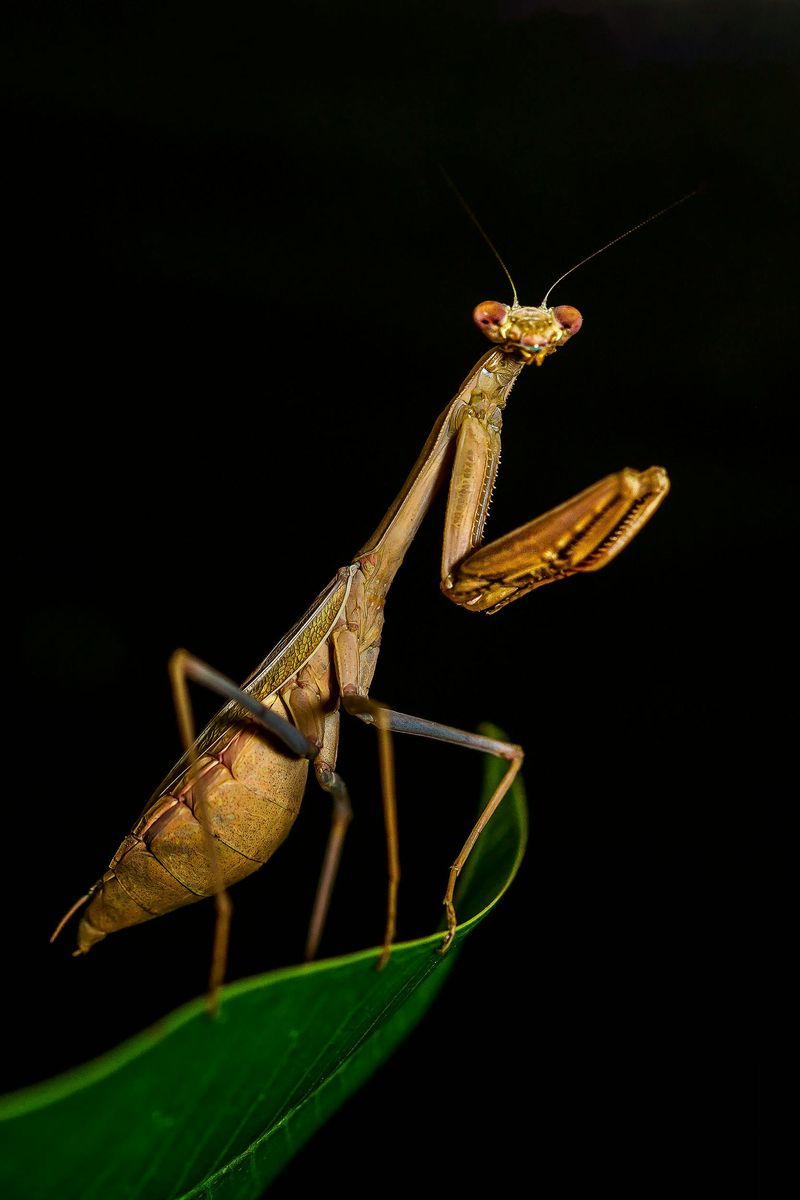
Praying mantises exhibit a gradual metamorphosis that begins with a tiny nymph hatching from an egg case. These nymphs resemble miniature adults but lack wings.
As they molt and grow, wings develop, and they become the formidable hunters known for their predatory prowess. This transformation is an incremental journey towards mastery of their domain.
The praying mantis’s life cycle is a dance of stealth and predation, reflecting their adaptive strategies in the ecosystem.
Cuttlefish
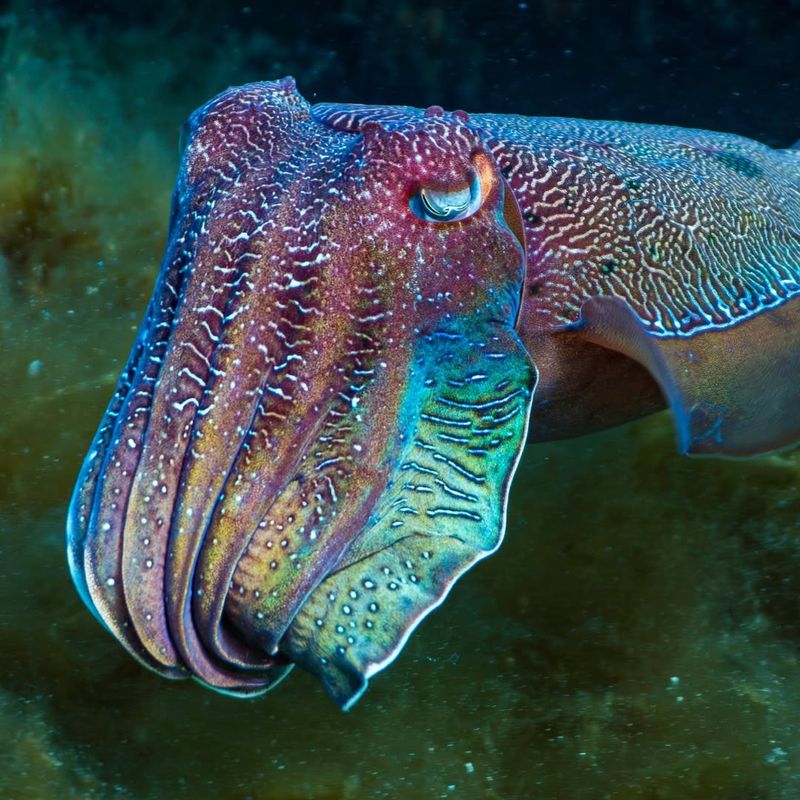
Cuttlefish, with their remarkable ability to change color and texture, undergo a sophisticated metamorphosis. From tiny hatchlings, they grow rapidly, refining their camouflage skills.
Their ability to manipulate their appearance is not merely for defense but also for communication and predation. This transformation involves complex neural and muscular coordination.
Cuttlefish exemplify the intersection of intelligence and adaptation, showcasing the evolutionary wonders of the marine world.
Polar Bear
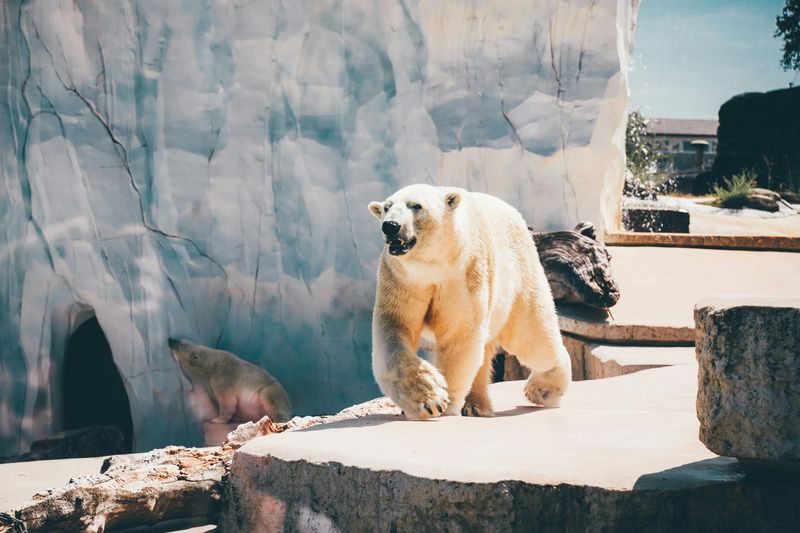
The polar bear’s life cycle involves an incredible transformation from vulnerable cub to apex predator. Born blind and helpless, cubs rely entirely on their mothers.
Over time, they develop the strength and skills necessary to hunt seals on the icy terrain of the Arctic. This transformation is a tale of survival in harsh environments.
Their journey underscores the resilience and adaptability required to thrive in one of the planet’s most extreme habitats.
Blue Morpho Butterfly
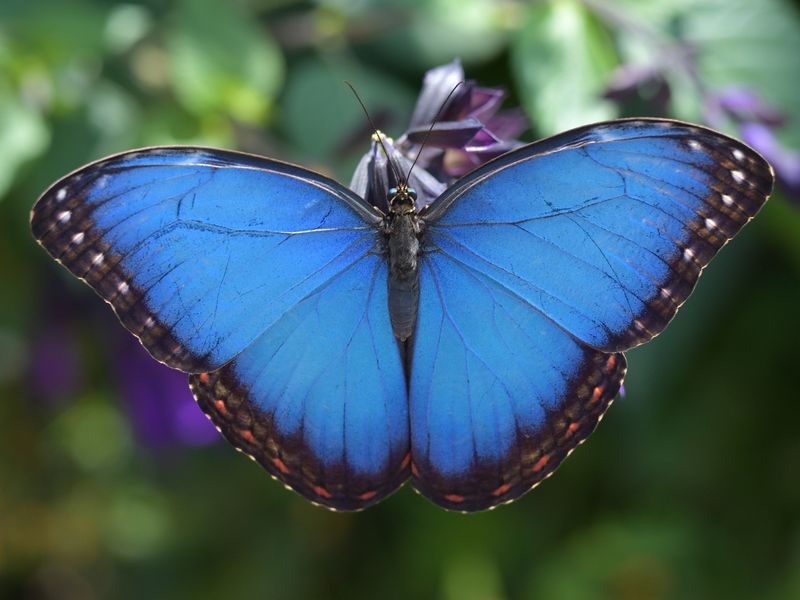
The Blue Morpho butterfly’s transformation is a visual masterpiece. From a plain caterpillar, it encases itself in a chrysalis, emerging with wings that shimmer in vibrant blue.
This color is not due to pigments but the microscopic structure of scales reflecting light. Such optical magic underscores the beauty and complexity of butterfly metamorphosis.
Their transformation is a celebration of color and adaptation, capturing the imagination with every flutter.
Emperor Penguin

The Emperor penguin’s transformation from egg to chick to majestic adult is a story of endurance and care. Hatched in the harsh Antarctic environment, chicks rely on their parents for warmth and food.
As they grow, they develop waterproof feathers essential for surviving icy waters. This transformation underscores adaptation to extreme conditions.
Their life cycle reflects the strength of parental bonds and the resilience needed to endure the frozen wilderness.
Komodo Dragon

Komodo dragons undergo a transformation from small hatchlings to dominant predators. Initially vulnerable and tree-dwelling, they grow into formidable terrestrial hunters.
Their life cycle involves shifts in diet and habitat, adapting as they mature. This transformation highlights the evolutionary strategies that make them apex predators.
Their journey from forest to savannah reflects the dynamic interactions within their ecosystem.
Bald Eagle
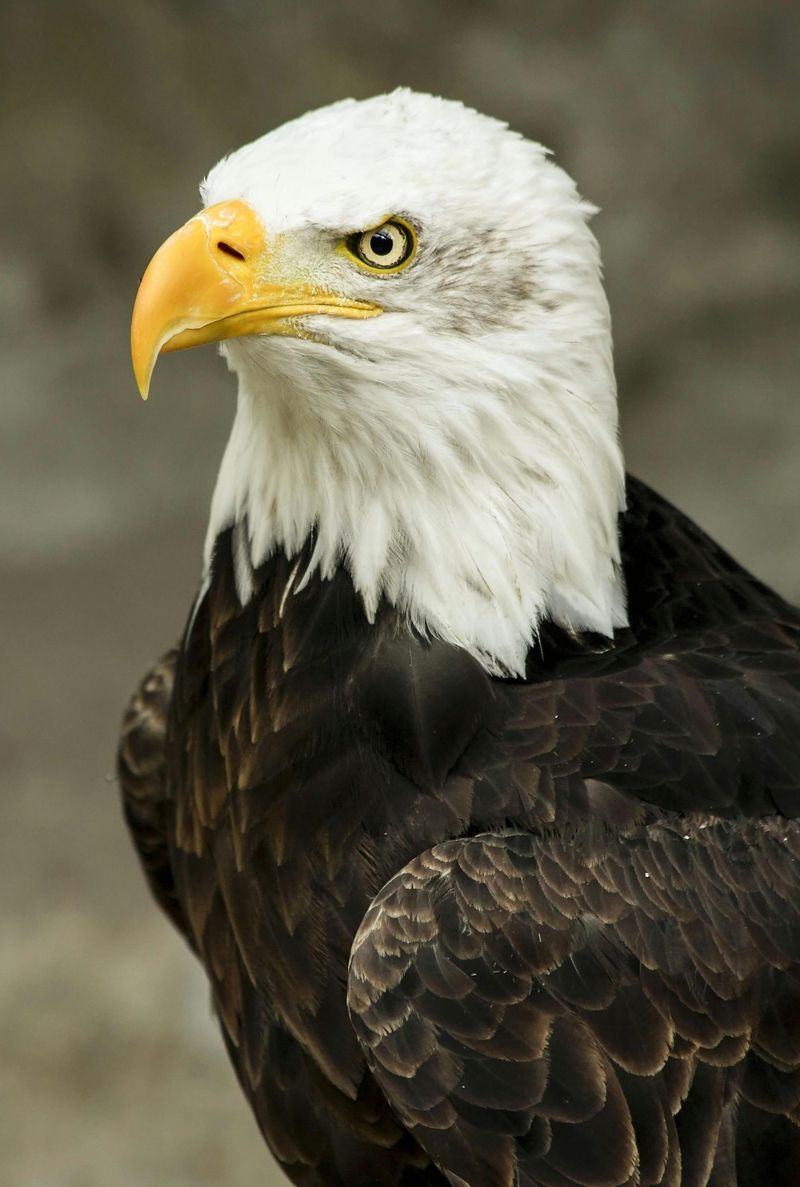
The bald eagle’s journey from egg to majestic bird of prey is marked by growth and mastery of flight. Beginning life as fluffy chicks, they are nurtured in lofty nests.
As they mature, they develop the strength and skill to soar above landscapes, hunting with precision. Their transformation embodies themes of freedom and adaptation.
Bald eagles symbolize resilience and the beauty of nature’s evolutionary processes.
Axolotl to Terrestrial Salamander

Normally renowned for retaining its juvenile features throughout life, the axolotl holds an astonishing secret. In rare circumstances, this aquatic creature can transform into a terrestrial salamander.
This transformation occurs if the axolotl is exposed to environmental changes or hormone treatments.
The metamorphosis involves developing lungs, stronger limbs, and losing its gills, marking a shift to a land-dwelling lifestyle. This unique ability to undergo metamorphosis despite its usual neotenic state offers insights into evolutionary biology.
Witnessing this rare occurrence is fascinating, revealing the axolotl’s incredible, hidden potential beyond its usual, water-bound life.
Immortal Jellyfish Rejuvenation

Imagine a creature that defies aging, continually opting for rejuvenation over death. The immortal jellyfish achieves this by reversing its life cycle.
When threatened or injured, it transforms back to its juvenile polyp stage.
This unique ability allows it to bypass death, rejuvenating repeatedly, potentially living indefinitely. Such a biological marvel offers exciting possibilities for scientific research, exploring aging and longevity.
This jellyfish’s life cycle is a continuous loop, adding a wild twist to the concept of metamorphosis. Its eternal youthfulness defies nature’s norm, offering a glimpse into possible biological immortality.

